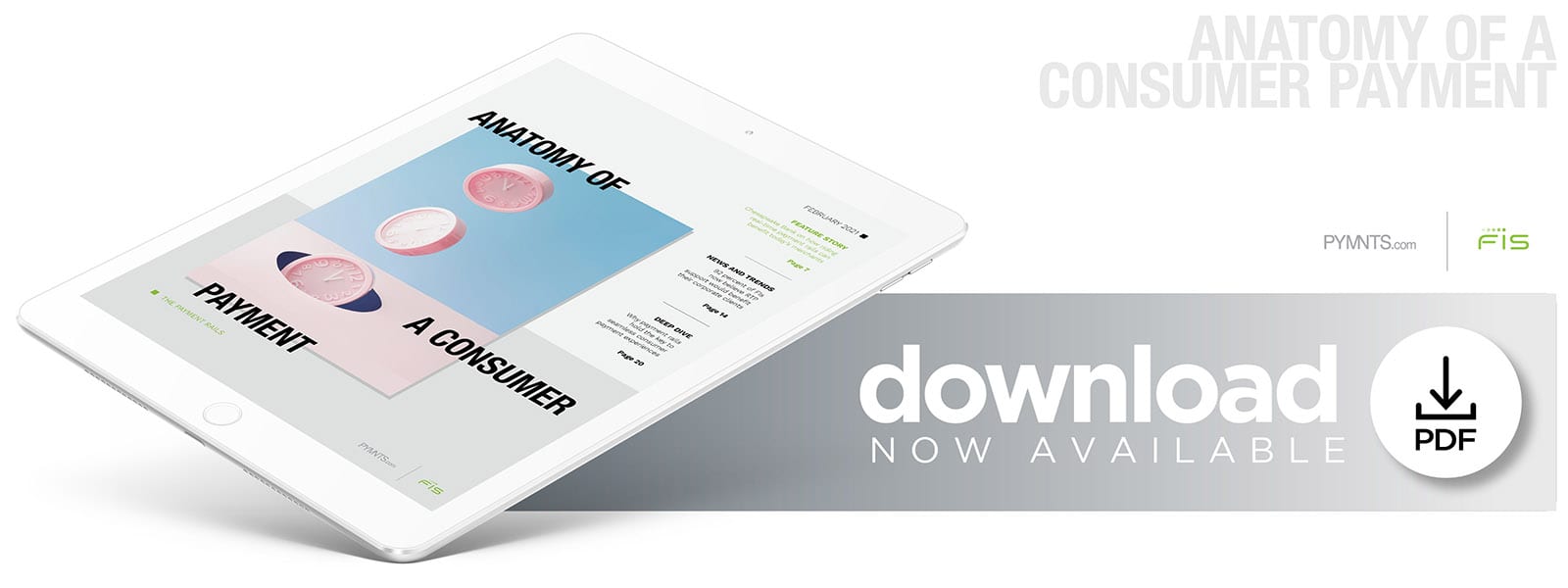Chesapeake Bank On How Riding Real-Time Payment Rails Can Benefit Today’s Merchants

From QR codes to contactless cards, consumers want access to fast and seamless payment experiences. Merchants, however, can be left waiting days for funds to settle from these different payment channels. In the latest Anatomy Of A Consumer Payment Playbook, DJ Seeterlin, chief information officer for Chesapeake Bank, explains why financial institutions (FIs) must create a one-stop shop payments platform for merchants to unlock instant access to funds.
What qualifies as a seamless or a speedy payment experience in consumers’ eyes is shifting dramatically during the pandemic, forcing brick-and-mortar and eCommerce merchants to innovate to keep pace with new demands.
Many consumers are experimenting with emerging payment methods such as contactless and mobile wallet payments at the virtual and physical point of sale (POS) while still using more traditional methods such as plastic debit and credit cards. This means that merchants must find ways to quickly support transactions made using a rising variety of payment methods, DJ Seeterlin, chief information officer at Chesapeake Bank, explained during a PYMNTS interview.
“We have … talked to our customers and seen that they are making choices about what businesses to support based on the payment methods they offer,” Seeterlin said. “There may be customers who are especially COVID-19-conscious who are [moving] to support businesses that are offering them the ability to pay electronically or remotely [instead of requiring them] to come into the store. So, I think … it is important that we are supporting those merchants and giving them the means to meet the customer where the customer wants to be.”
The ability to accept any payment type across various channels is thus becoming a necessity for merchants in this new environment. PYMNTS spoke with Seeterlin and George Malesky, vice president and sales operations manager of Chesapeake Bank’s payment systems, to understand how pandemic-driven changes in consumers’ shopping and payment behaviors are affecting merchants. They also explained how connecting with emerging real-time payment networks and other rails could help retailers navigate these shifts.
The Reality of Real-Time Payments
Real-time payment networks have been taking shape in multiple markets for several years. The Clearing House’s (TCH’s) RTP network went live in the U.S. in November 2017, for example, and the Federal Reserve’s FedNow service is set to launch in several years. Both of these real-time payment networks have received significant industry attention from banks and third parties.
Chesapeake Bank participates in the RTP network, having joined more than 100 financial institutions (FIs) that have signed on with the service since its launch. This growth is encouraging, but Seeterlin explained that these networks must still overcome some hurdles before they can enjoy more mainstream appeal in the U.S. One challenge lies in adequately conveying the benefits that real-time payment rails can afford merchants.
“There is often some confusion about real-time payment rails as a consumer experience, and I would say that the rails are the thing the consumer does not interact with,” he said. “Consumers have had real-time payment experiences for years with card payments, as they have made that purchase and it immediately posts to their accounts. These real-time payments will really impact the merchant and bank side more than they will directly impact the consumer because [they] impact things like the speed of funding and settlement on the back end, and we are already seeing processors and banks try to build solutions around that.”
Chesapeake Bank is also establishing partnerships with third-party technology providers to craft tools that can support the settlement speed merchants and consumers now require, Seeterlin added. The bank is investing in tools such as mobile POS systems that allow both consumers and merchants to pay or accept payments via their smartphones, streamlining the transaction from end to end. Achieving this requires merchants to merge their payment processes onto one platform, Malesky added.
“I think the main challenge that exists for merchants [in] getting the advantage of real-time payment is having all payment types and methods integrate into one platform,” Malesky said. “A seamless experience becomes dependent on the payment systems and the technology that they have in place to upgrade and invest in that technology.”
The eventual end goal is to create an ecosystem in which merchants can accept any payment without issue, which would allow consumers to simply pay for their purchases without concern. Doing so will require increased support and attention from merchants, as they must craft their payment strategies with consumers’ new behaviors and needs in mind.
The Key to Real-Time Payment Ubiquity
Educating merchants on the benefits of connecting with real-time networks is just the first step toward advancing emerging payment rails. These networks’ continued expansion ultimately hinges on whether merchants can leverage these platforms to provide a unified payments experience. The importance of enabling smoother payments for consumers — regardless of how they choose to pay — has become clearer to merchants in recent years, Malesky noted.
“On the merchant side of things, at the core of every business, if you think about it regardless of what they sell or what they do, it is about being paid, it is about making income,” Malesky said. “So, while there may have been skepticism or resistance even five years ago, maybe six or seven … merchants understand that they need to make the payments process a much more easy and pleasant one.”
Merchants must take careful note of how consumers are interacting with emerging tools and features to streamline the payment process. Keeping an eye on payment rail developments and how they can keep consumers engaged in commerce could give some merchants a key advantage as they emerge from the pandemic.

